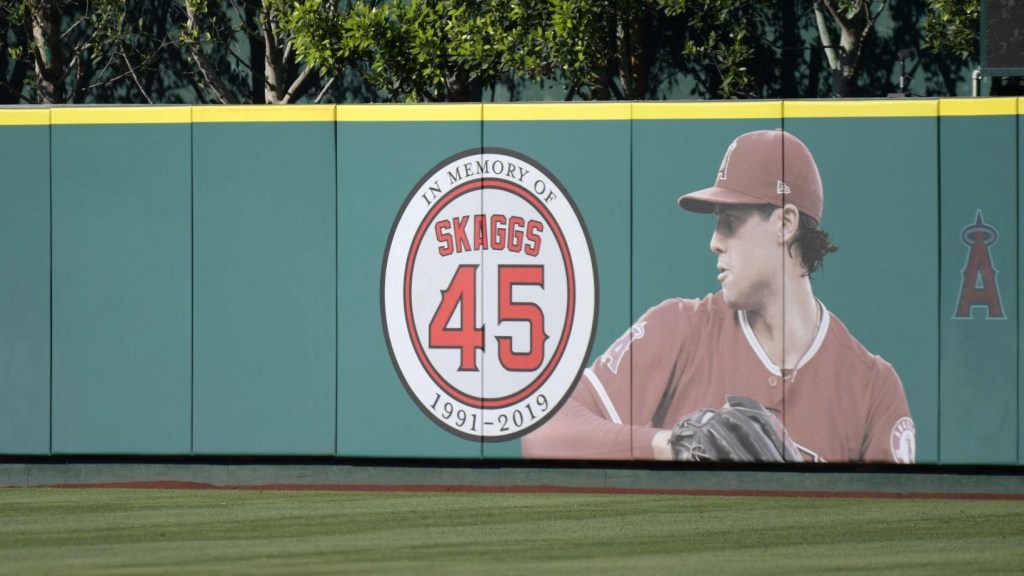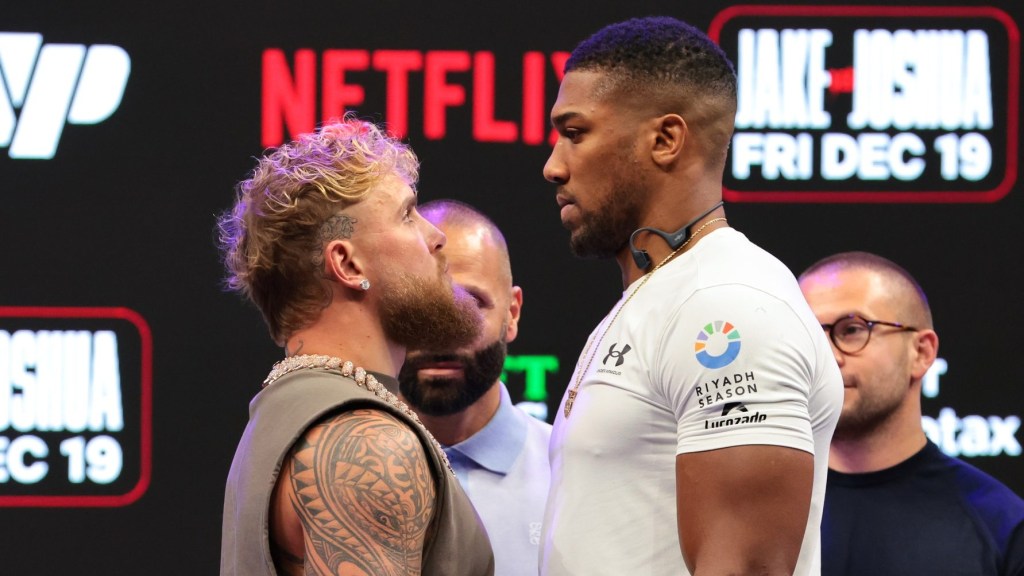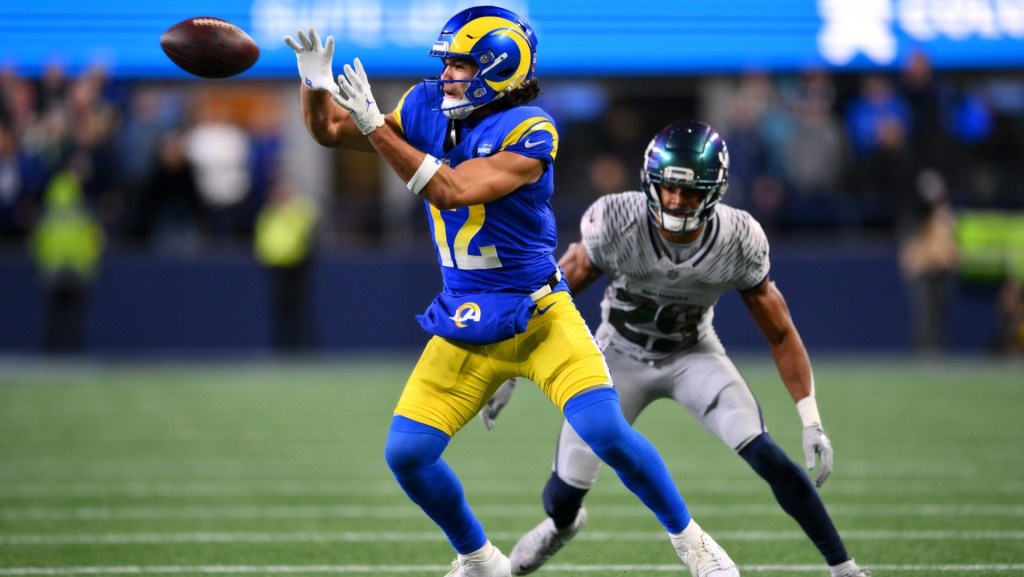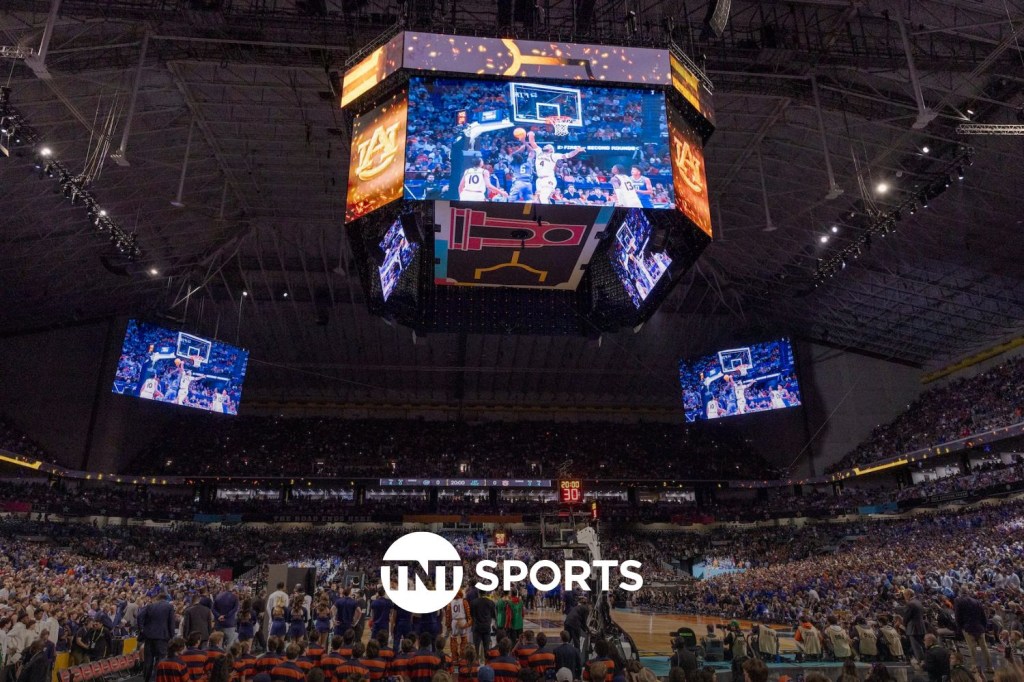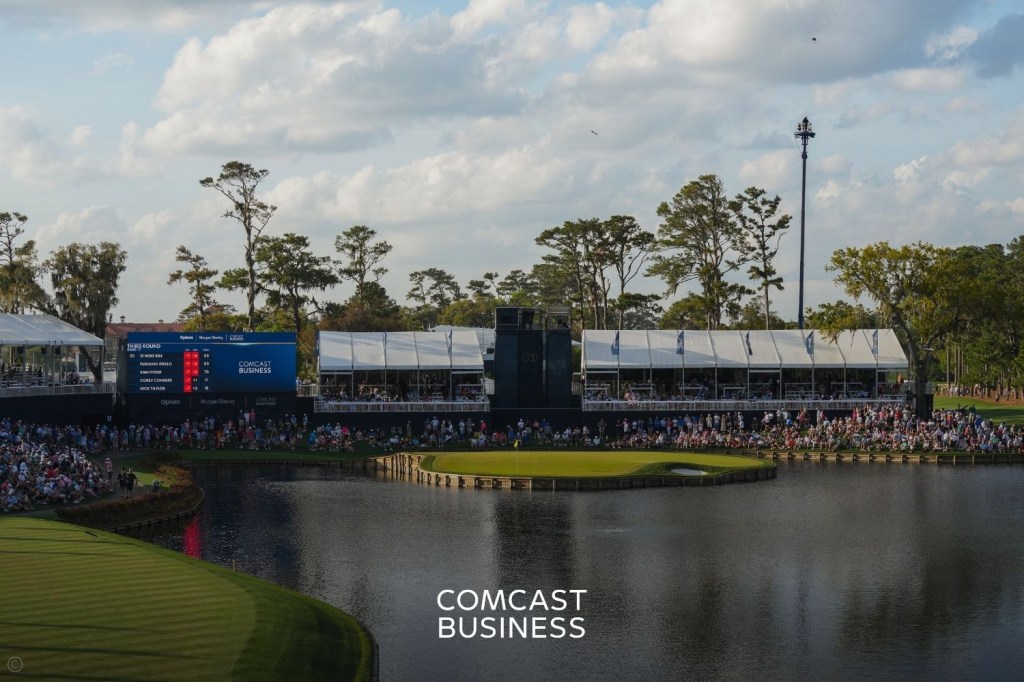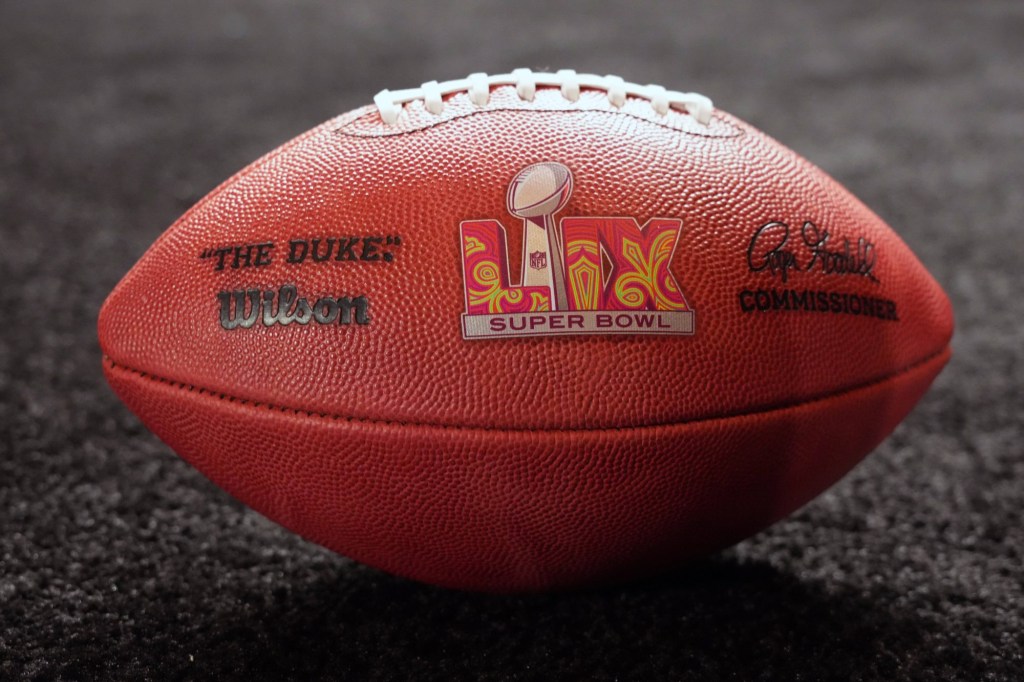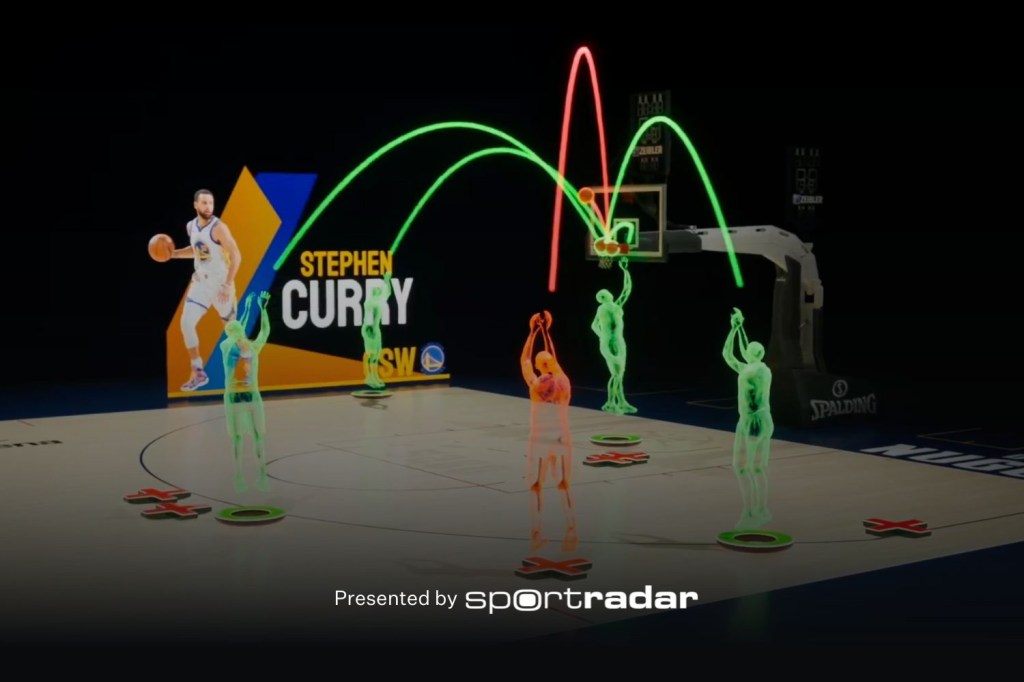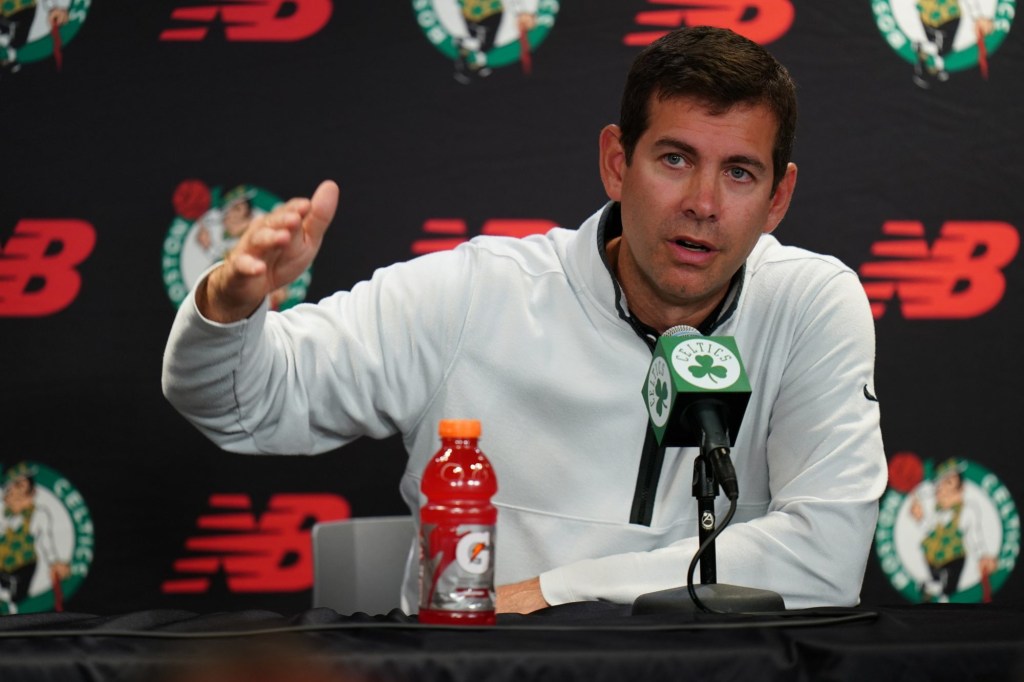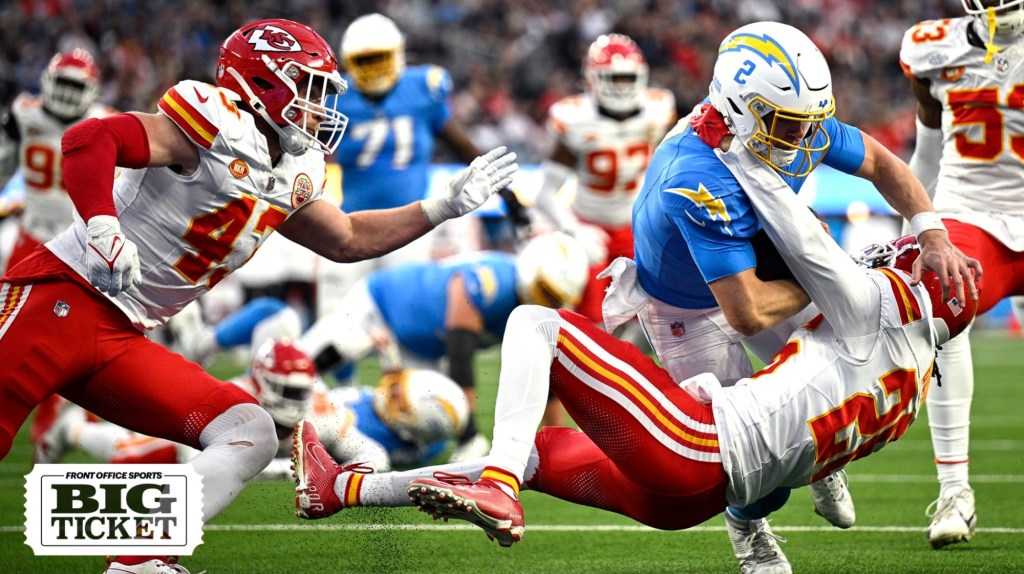
Baseball in Las Vegas is scorching hot, and not just because the temperatures are finally hitting their summer triple-digit norms.
The city’s Triple-A team, the Las Vegas Aviators, opened the new Las Vegas Ballpark to start the 2019 season and the ballpark has made all the difference as the team is breaking records and experiencing a turnaround that is even surprising their executives. The team is averaging 9,396 fans, which leads the Minor Leagues in attendance. The capacity of Las Vegas Ballpark is 10,000, a number it has hit nearly two dozen times this season.
“I’m surprised, honestly, pleasantly surprised, of course,” said Don Logan, the team’s president and COO. “The demand is just ridiculous.”
Through 48 games this season, the Aviators have welcomed 450,996 fans through the gates, breaking the organization’s previous record of 387,815 fans, which it set during the 72 games of the 1992 season. Last season, the team drew 332,224 fans in 70 games. The franchise’s previous season average record was when the then-Las Vegas 51s averaged 5,441 in 1993.
Logan noted amenities like the updated, locally driven concessions, the outfield pool, 360-degree concourse, reservable party decks, comfortable mesh seats as keys to keeping the stadium full all season. Not to be forgotten is the 3,930-square-foot scoreboard, in the top-25 in size across all organized baseball. But perhaps most important is free parking, Logan said.
“Out of everything we did, and we did a lot of good things, parking is probably the most important,” Logan said. “We didn’t take into account what was going on down on the Strip, charging for parking and valets. We’ve gotten nothing but positive comments.”
Normally, Charlotte, Sacramento and Indianapolis pace the Minors in attendance, said Jeff Lantz, the league’s senior director of communication. However, he said Las Vegas is on its way to “joining the upper echelon.”
The Aviators are also neck-and-neck with the Miami Marlins, who through 46 home games have drawn 438,530 fans for an average of 9,533. It would be the first time since 2004 a Minor League team outdrew a Major League team, when Sacramento drew more fans than the Montreal Expos.
Logan said all but about 10 of the team’s games have been sellouts, mentioning that Tuesday and Wednesday games have been slower. A Pride Night promotion held on a Monday brought in 8,000 fans, when similar promotions on any night might bring in 4,000 to the old Cashman Field, Logan said.
Cashman was built in 1983 and by Logan’s own account was out of date by 1993. The field had become a liability for the team, making it hard to attract and retain parent organizations and often ridiculed by professionals around baseball.
The new ballpark is a “vicarious thrill” for the other 15 operators of the Pacific Coast League, said Branch Rickey, the league’s commissioner. Rickey said the league’s newest ballpark is a culmination of all the other great ballparks that have opened in recent years, bringing in the best in construction techniques and fan amenities. While the Pacific Coast League doesn’t share revenue numbers, Rickey is sure the league is happy with the new ballpark.
“Everybody is euphoric for them and ourselves as it reflects positively on them, the league and I feel it reflects positively on me,” Rickey said. “There are so many people that are involved in the Las Vegas Aviators’ operation, people who have put in their time beating their heads against the wall trying to maximize return and now you see them hit the motherload, like being in a coal mine hitting a gold lode.”
READ MORE: Mesh Seats Help Showcase Innovation at New Las Vegas Ballpark
The Las Vegas Ballpark is also having an impact on the surrounding neighborhood; the downtown commercial district of Las Vegas’ master-planned Summerlin. Owned by the Howard Hughes Corp., the same company that now owns the Aviators and built the ballpark, the plan is changing based on the success of the ballpark and its neighbor, City National Arena, the Vegas Golden Knights training facility and offices. The sports facilities have made the developer step back and rethink the remaining 170 undeveloped acres of the 400 acres planned, said Tom Warden, Howard Hughes Corp. senior vice president of community and government relations.
“We knew it’d be a big hit, but it has surpassed even what we had hoped,” Warden said. “We had ideas what the remaining 170 acres would be, but as we see these venues energizing the downtown, we need to re-envision this downtown and the incredibly good business we’re seeing.
“The games have turned into a social gathering point,” Warden said.”
Part of the success is Summerlin’s affluent population, Logan suspects, and noted the per-capita-concession spending is approximately 20% more than the league standard. Additionally, he said the team has already quadrupled its merchandise sales from 2018, but attributed that to the massive uptick in attendance and the rebrand, which was initially met with skepticism this winter.
READ MORE: Minor League Baseball Showcasing Deeper Partnership Connections With Hot Dogs
“We’ll go from not in the top 25 in merch to probably top two or three,” Logan said. “People coming to games are a different [socio-economic] level and I think that points to the Knights. They raised the bar in terms of sports interest in this city, people who weren’t otherwise sports-oriented.”
As the desert heats up, Logan does admit the temperatures will add in a bit of an unknown factor to finish off the season, but he believes the amenities will continue to draw and hopefully offer a reprieve as well – the outfield pool is sold out the rest of the season.
“This is probably the first real hot night,” Logan said prior to the game on July 11. “But we’re sold out tonight, tomorrow and Sunday. Something we don’t know is the no-show factor for the 4,000 season ticket members, that’s been a non-factor since it’s been a very pleasant season so far. Just something we’re curious about.”

